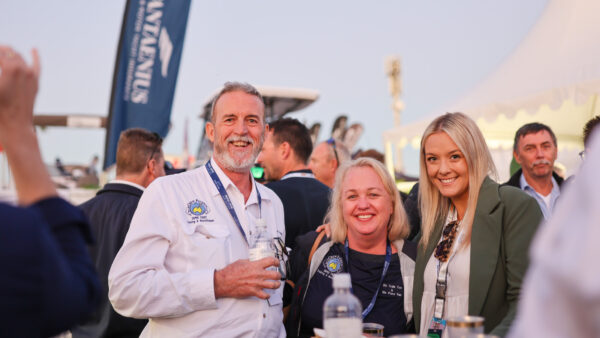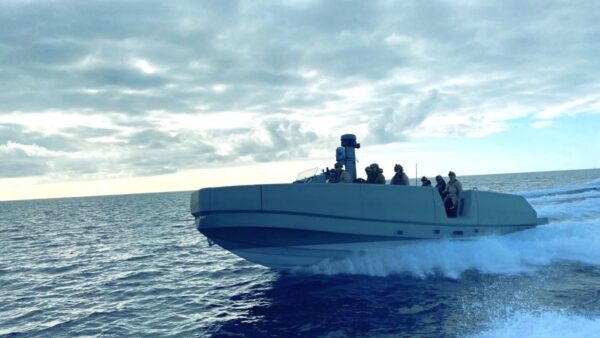All boats, engines, PWCs and certain components sold on the EU single market or in Iceland, Norway, Lichtenstein, Switzerland and Turkey must now be assessed according to new EU rules
The new EU Watercraft Directive (formerly known as the Recreational Craft Directive or RCD) 2013/53/EU came into effect today. The new rules are applicable to boating professionals intending to manufacture, import, distribute and sell products on the EU single market as well as in Iceland, Norway, Lichtenstein and Switzerland (as part of the European Economic Area/European Free Trade Association), and Turkey (candidate EU member).
In order to comply with the new directive, all boats, engines, personal watercraft and certain components (whether imported or domestically produced) that are sold in these markets have to be assessed according to the new EU rules.
Types and models in production and assessed according to the old EU Directive 94/25/EC, as amended by Directive 2003/44/EC, will have until 17 January 2017 until reassessment. There is also an extra transition period, until 18 January 2020, for small and medium-sized enterprises to comply with Stage One exhaust emission limits. This derogation is limited to spark ignition engines with power equal to or less than 15kW.
ICOMIA, the International Council of Marine Industry Associations, and European Boating Industry (EBI) have produced a Guide that provides practical, easy-to-understand advice on how companies can navigate and comply with the new directive. It also contains detailed comparisons of both the new and old Directives with reference to the relevant Harmonised Standards (used to gain the presumption of conformity) and various informative links to further resources.
ICOMIA championed the development of the RCD in the 1990s and continues to advise on its development. “At our suggestion the new RCD emphasises and clarifies requirements needed to complete a Post Construction Assessment (PCA) for private imports – however, issues such as Craft Identification still need clarification,” says Udo Kleinitz, ICOMIA secretary general. “Our continued commitment is to ensure the supporting standards are in place by the end of the transitional period in January 2017.”
EBI was instrumental in obtaining improved definitions for design categories and other amendments. “The reworded definitions for design categories now refer to meteorological conditions, i.e. wind force and wave height, which provides more accurate information,” says EBI secretary general Mirna Cieniewicz. “Moreover the upper limit for the category A was introduced, bringing legal certainty to both boatbuilders and users about the craft performance. The Directive is also harmonising requirements to prevent sewage discharge across Europe.”
The Guide, which is currently available in nine languages, is free for ICOMIA and EBI members and available for purchase as a downloadable App on both Apple and Android tablets (for only €3.99) and as a PDF (€2.99) supported by any device.
Further details can be found at www.europeanboatingindustry.eu/appsite or by visiting www.icomia.org and clicking the banner.


